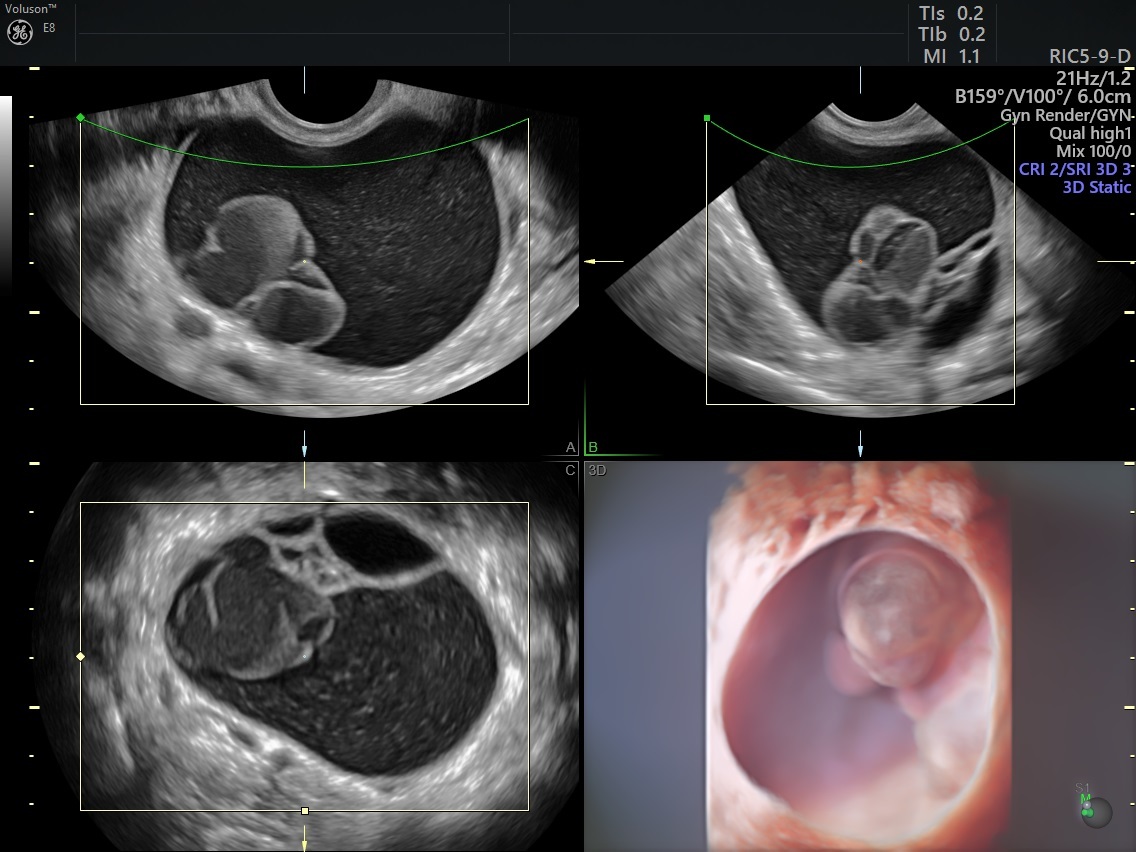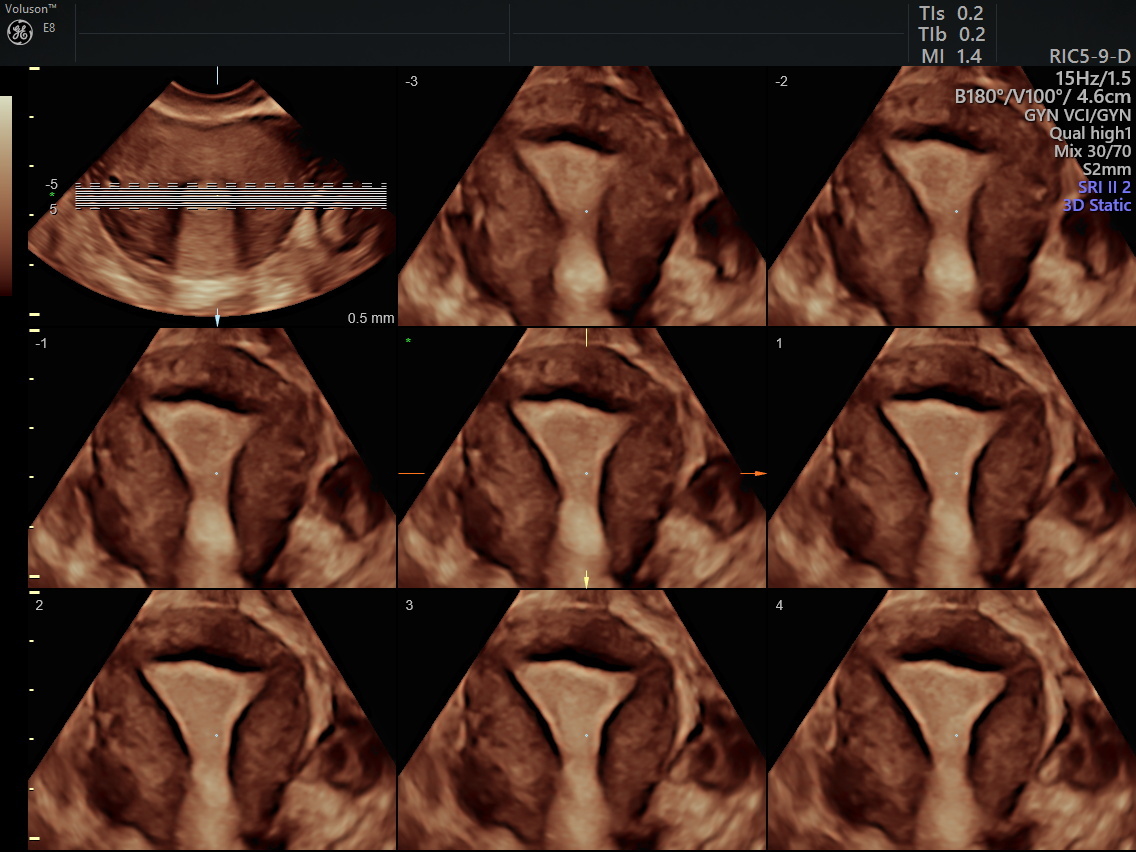The field of gynecology dates back to ancient times. A report published in Technology and Infertility noted that the study and practice of female reproductive medicine was first described as early as the year 1500 B.C. Back then, physicians believed that the uterus behaved much like a wild animal, acting independently of women themselves.
Today, of course, we know that this and other antiquated beliefs — such as the idea that pomegranate fruit can counteract uterine prolapse — are fallacies. Gynecological care has come a long way from the days of Hippocrates, but even the past several decades have seen remarkable changes in the way physicians practice.
Milestones in Gynecological Care
Thanks to recent advances in science and technology, gynecology is now at the leading edge of medicine. With that in mind, let's take a look back at some historical milestones in the field.
- In the 19th century, American surgeon James Marion Sims and his colleagues helped advance our understanding of gynecological care and pelvic surgery.
- In 1809, surgeons first removed an ovarian cyst from a patient.
- In 1853, surgeons performed the first successful abdominal hysterectomy.
- In 1921, surgeons completed the first successful laparoscopy.
- In 1941, gynecologists introduced the first screening test for cervical cancer.
Ultrasound Technology: Moving the Field Forward
The development of ultrasound technology has been one of the most impressive medical and scientific advances of the past century. First created in 1958, ultrasound was initially used in obstetrics to produce images of the growing fetus. While it remains a valued tool for obstetricians, its use has expanded to other fields, including gynecology.
According to Radiology Today Magazine, scientists developed Doppler ultrasound in the late 1960s, which enabled physicians to visualize blood vessels and detect abnormal blood flow more effectively. In the 1990s, 3D ultrasound technology provided physicians and patients with even more opportunities for improved gynecologic care.
Compared to 2D technology, the benefits of 3D ultrasound are profound. While traditional ultrasound produces flat, 2D images from just the sagittal and transverse plane of the patient's body, 3D technology reconstructs the coronal plane, creating images that more realistically represent the internal organs. As a result, it can better identify congenital anomalies in the female reproductive tract, pinpoint the location of uterine fibroids, polyps and adhesions, and help clinicians visualize IUDs during placement.

3D ultrasound Septated Ovarian Cyst

3D Ultrasound - Normal uterus
These are just some of the reasons why 3D ultrasound has helped move modern-day gynecology into the top echelon of patient care — and future innovations promise to keep it there.





